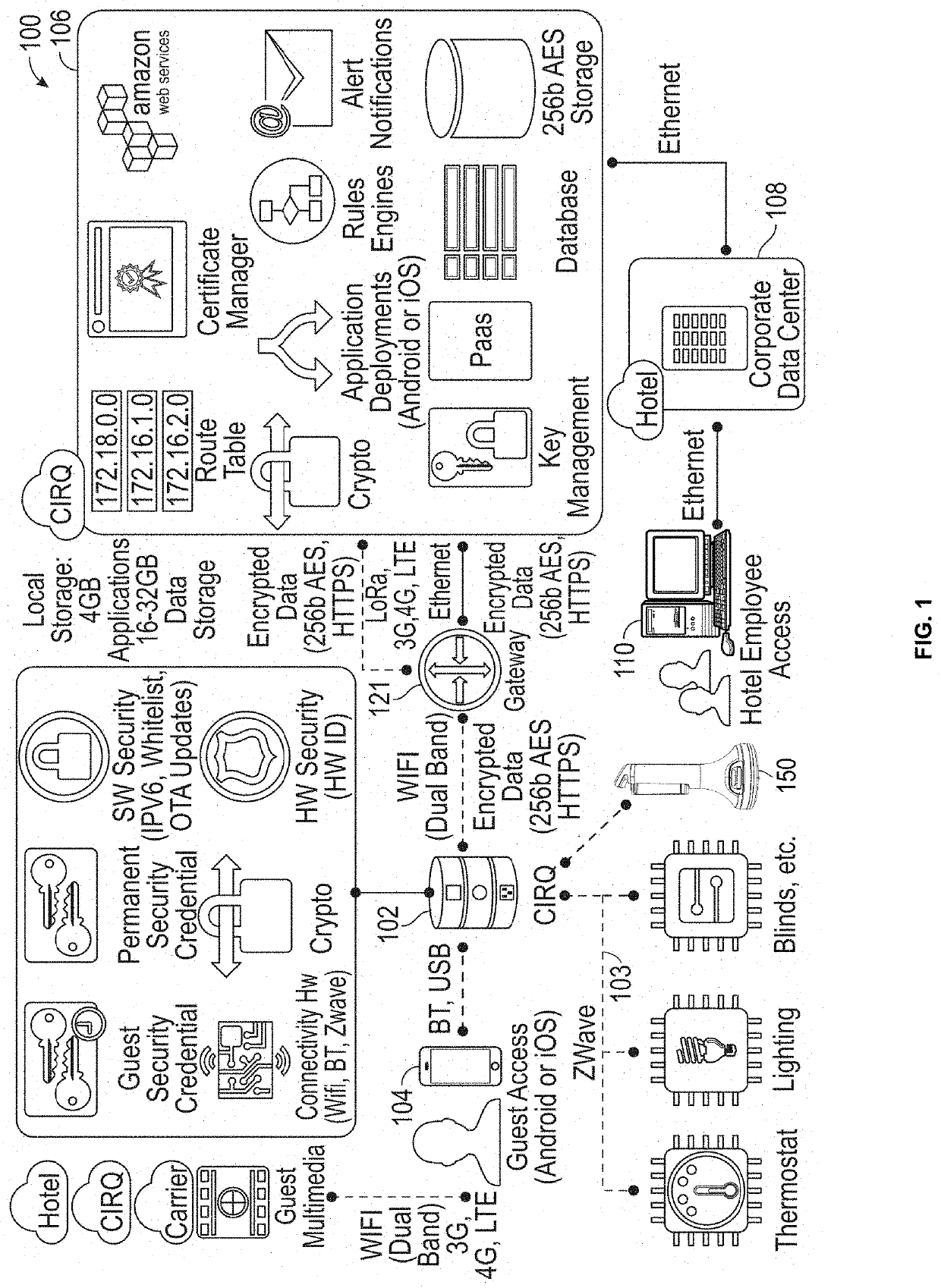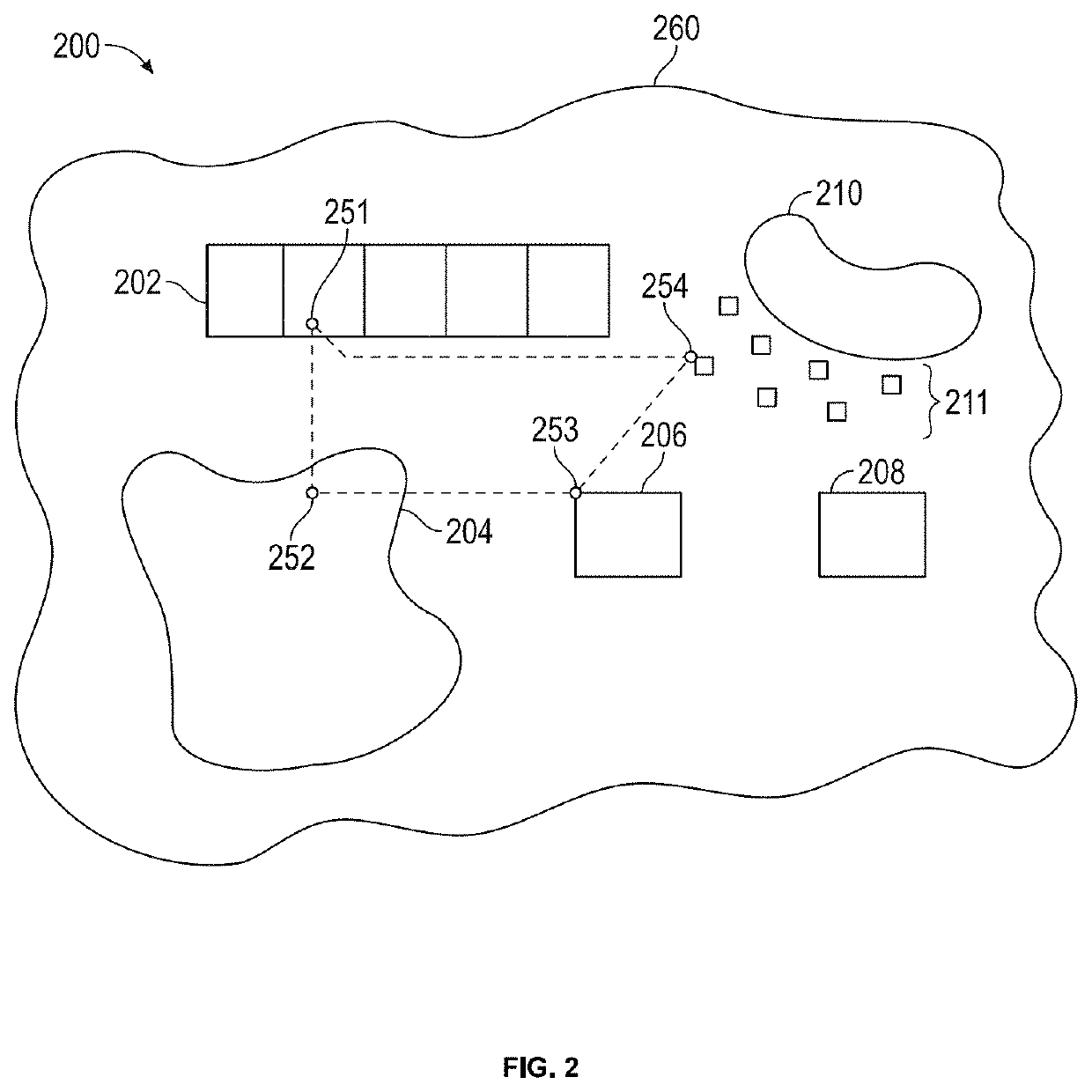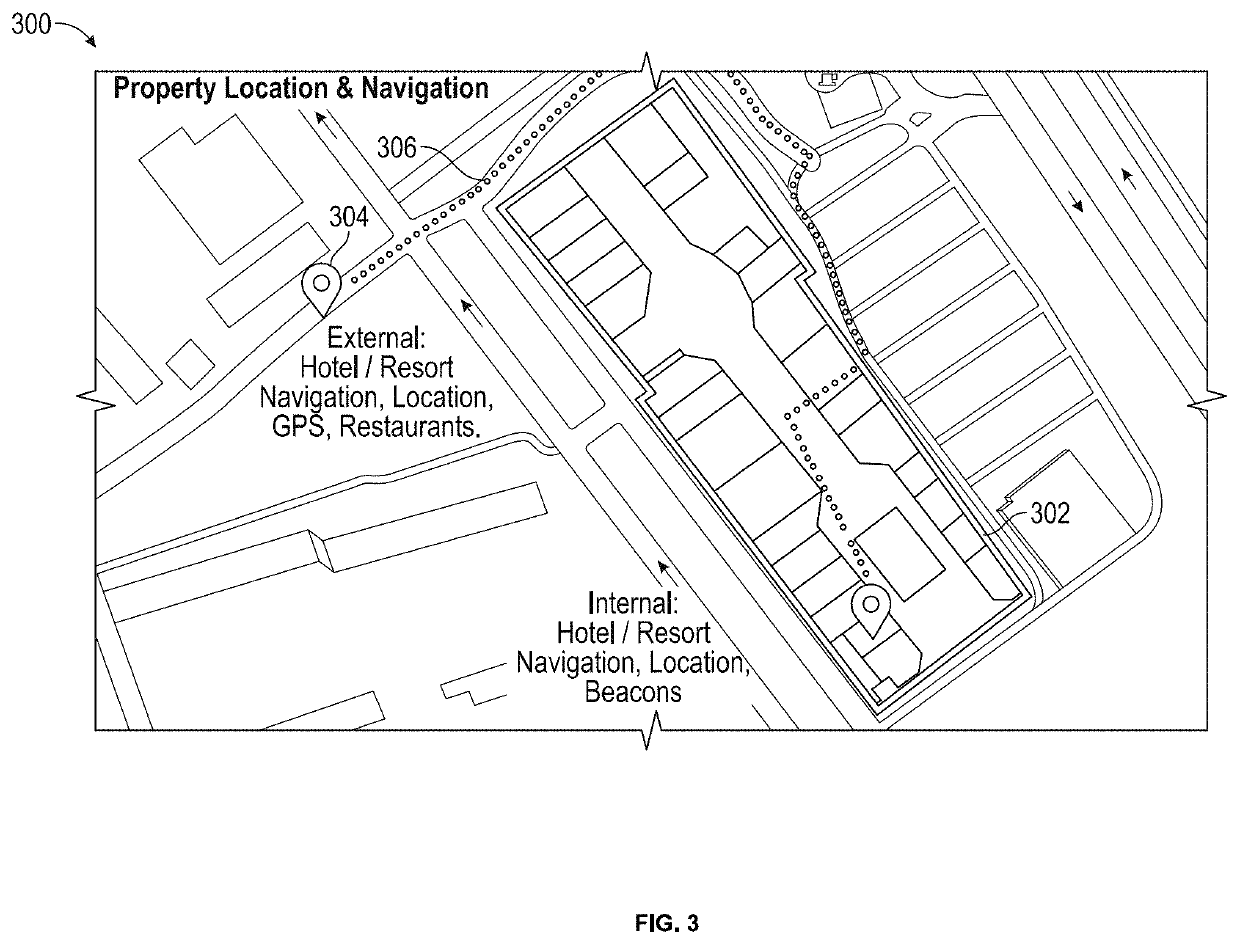Systems and Methods For Internet-Of-Things (IOT) Robotic Sterilization Device
a robotic sterilization and internet of things technology, applied in the field of systems and methods for internet of things robotic sterilization devices, can solve the problems of human exposure to the solution, the disruption of nearly all health, economic and social systems, and the addition of additional time and steps in the process, so as to reduce the exposure of humans, reduce the exposure of the solution to humans, and improve the effect of disinfection
- Summary
- Abstract
- Description
- Claims
- Application Information
AI Technical Summary
Benefits of technology
Problems solved by technology
Method used
Image
Examples
Embodiment Construction
Exemplary Embodiments
[0044]The present subject matter generally relates to products and processes for use in the prevention and / or treatment of air, surfaces and areas for pathogens including diseases, such as Coronavirus Disease 2019 (COVID-19). In accordance with various embodiments, an internet-of-things (IOT) robotic sterilization device—coordinating with an IOT hub or base unit—is configured to navigate through the space in which it is operating to disperse and / or spray, atomized fog, or otherwise dispense (e.g., through electrostatic misting) a disinfectant or other beneficial chemical agent (e.g., hypochlorous acid) to kill pathogens such as viruses, spores and / or bacteria that are present on surfaces or remain airborne within the environment.
[0045]As will be described in greater detail below, the use of an IOT hub unit in conjunction with the sterilizing robot is particularly synergistic, since the IOT hub is the central in room or space controller (or other devices within t...
PUM
 Login to View More
Login to View More Abstract
Description
Claims
Application Information
 Login to View More
Login to View More - R&D
- Intellectual Property
- Life Sciences
- Materials
- Tech Scout
- Unparalleled Data Quality
- Higher Quality Content
- 60% Fewer Hallucinations
Browse by: Latest US Patents, China's latest patents, Technical Efficacy Thesaurus, Application Domain, Technology Topic, Popular Technical Reports.
© 2025 PatSnap. All rights reserved.Legal|Privacy policy|Modern Slavery Act Transparency Statement|Sitemap|About US| Contact US: help@patsnap.com



